"ICE officials have told us that an apparent biometric match by Mobile Fortify is a ‘definitive’ determination of a person’s status and that an ICE officer may ignore evidence of American citizenship—including a birth certificate—if the app says the person is an alien."
Every person involved in this decision needs to be hit over the head with a copy of Kashmir Hill's "Your Face Belongs to Us" until they come to their senses.
404media.co/ice-and-cbp-agents…

ICE and CBP Agents Are Scanning Peoples’ Faces on the Street To Verify Citizenship
Videos on social media show officers from ICE and CBP using facial recognition technology on people in the field. One expert described the practice as “pure dystopian creep.”Joseph Cox (404 Media)

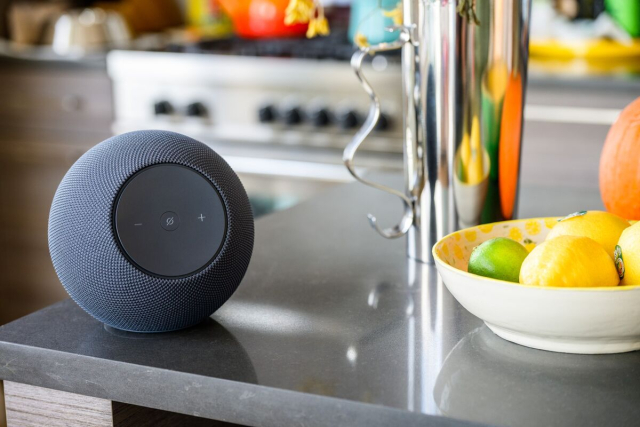
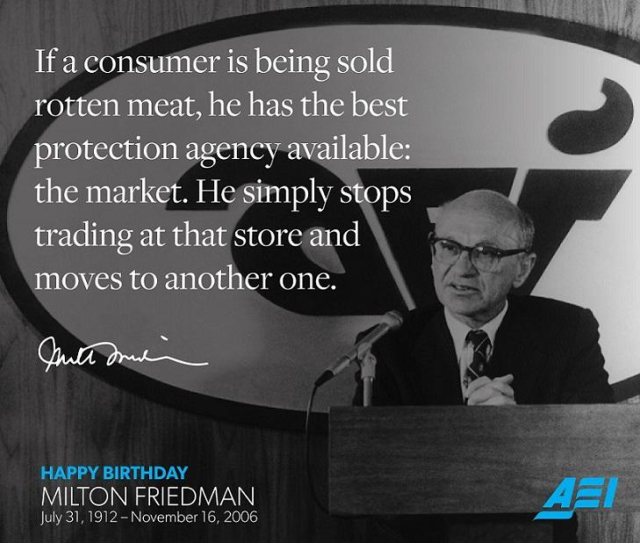
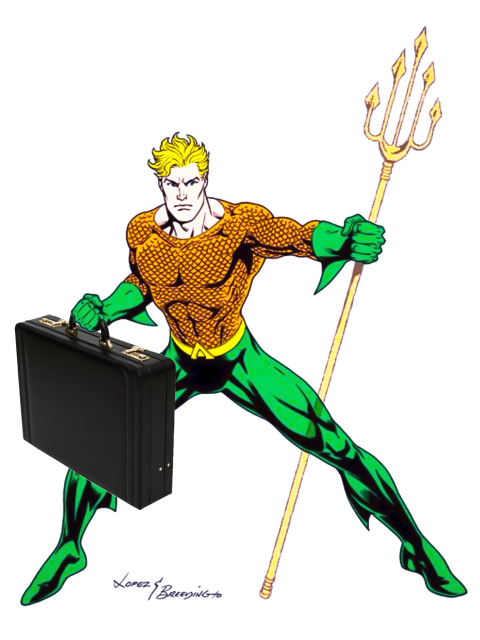
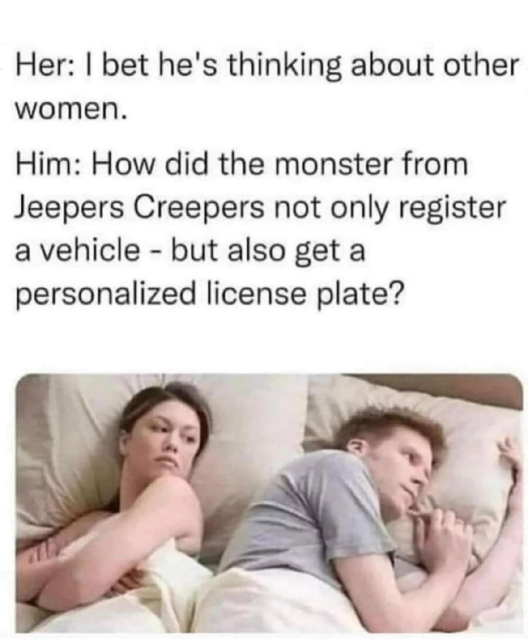











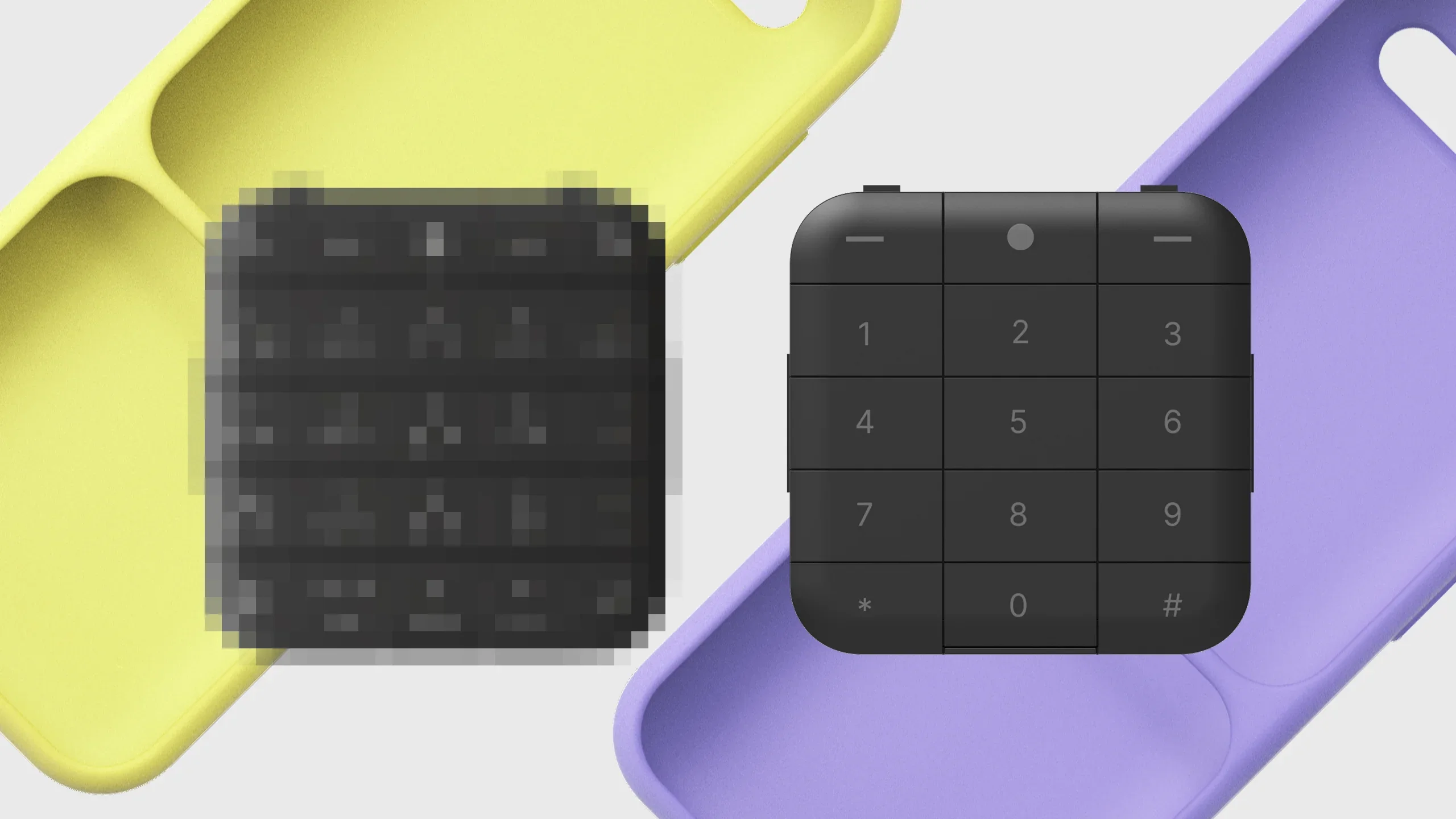

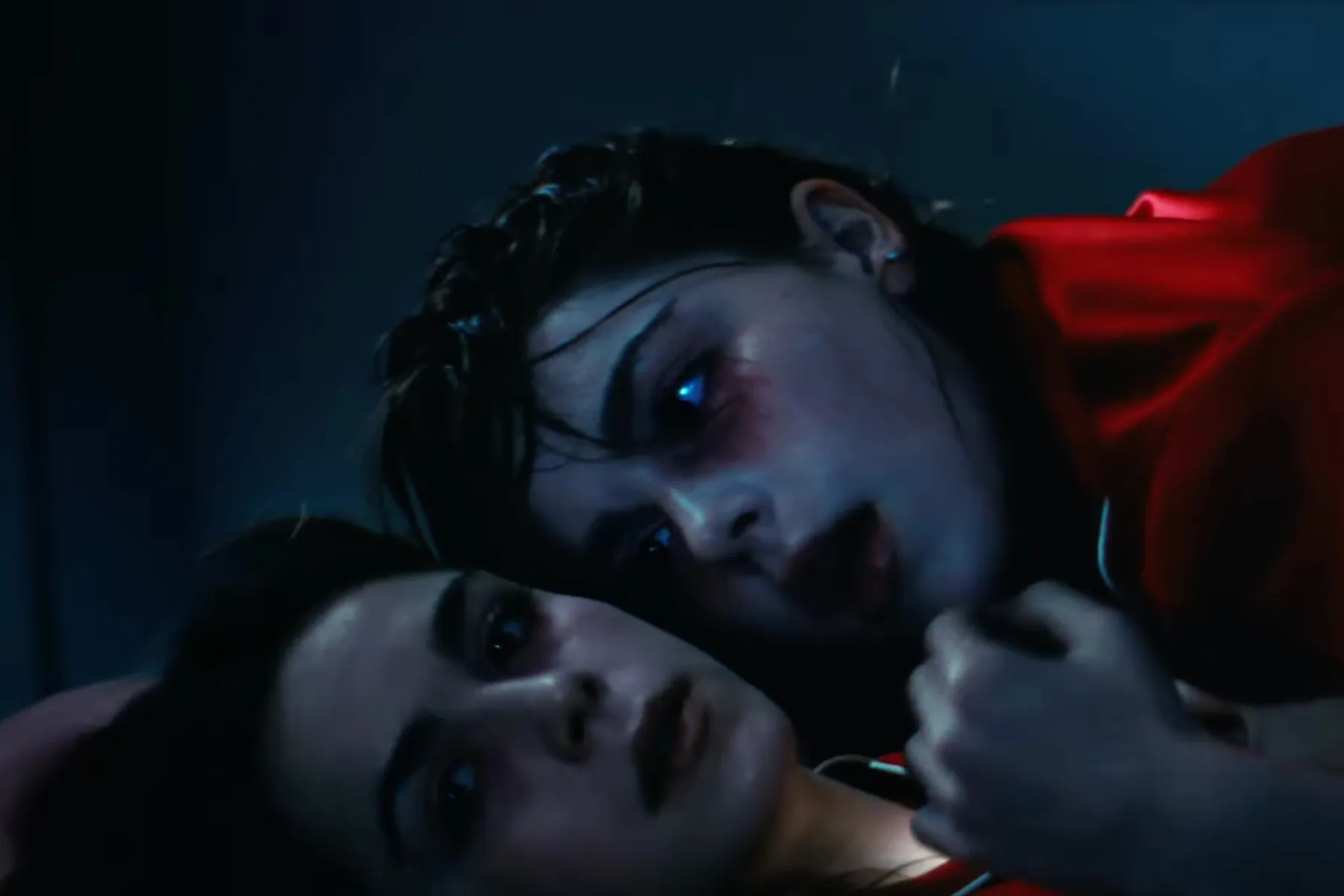

davecb 🇨🇦
in reply to evacide • • •Once upon a time, a customer wanted to use facial recognition to scan people traveling through a large airport to see if they were in a long list of wanted criminals.
With about an 80% success rate, they expected that they’d have about 10% false positives, who would have to be interviewed, and about 10% false negatives, who would make it through the airport.
However, that’s assuming we did exactly one comparison of a single traveler against one wanted criminal. That’s not what was happening.
Let’s assume they had 1,000 wanted criminals (they had more). For each single traveler, there would be 1,000 comparisons, each of which had an 80% chance of being right, and a 20% chance of being wrong. 20% of 1,000 is 50 failures per person. 25 false positives, so the person needed to be interviewed to be sure they weren’t the criminals that the program claimed they were.
Now feed 1,000 travelers through that system, which would be about an hour’s normal traveler volume. You’re doing 1,000,000 comparisons. That’s bad.
The fact that they’re doing many more comparisons is the explanation for the “birthday paradox”, described at en.wikipedia.org/wiki/Birthday…. That’s where you have a fifty-fifty chance of two people having the same birthday in a party with 23 people. In that case you were doing 23 * 22 / 2 = 253 comparisons, not as bad as with the airport example.
The number of comparisons is the number of travelers per hour, times the number of criminals.
When the system identified someone’s grandmother as a male member of the Baader-Meinhof gang, the experiment was abruptly ended.
Once they found out what was happening, they asked what would happen if we only had a 2% error rate. The answer was 1,000 * 2% = 20, for about ten false positives per person.
The moral of the story is, if you want facial recognition to work reasonably, you need to arrange to do exactly one comparison, and also have a low error rate.
It’s fine for seeing if my face matches the picture on my passport, but little else.
mathematical problem
Contributors to Wikimedia projects (Wikimedia Foundation, Inc.)